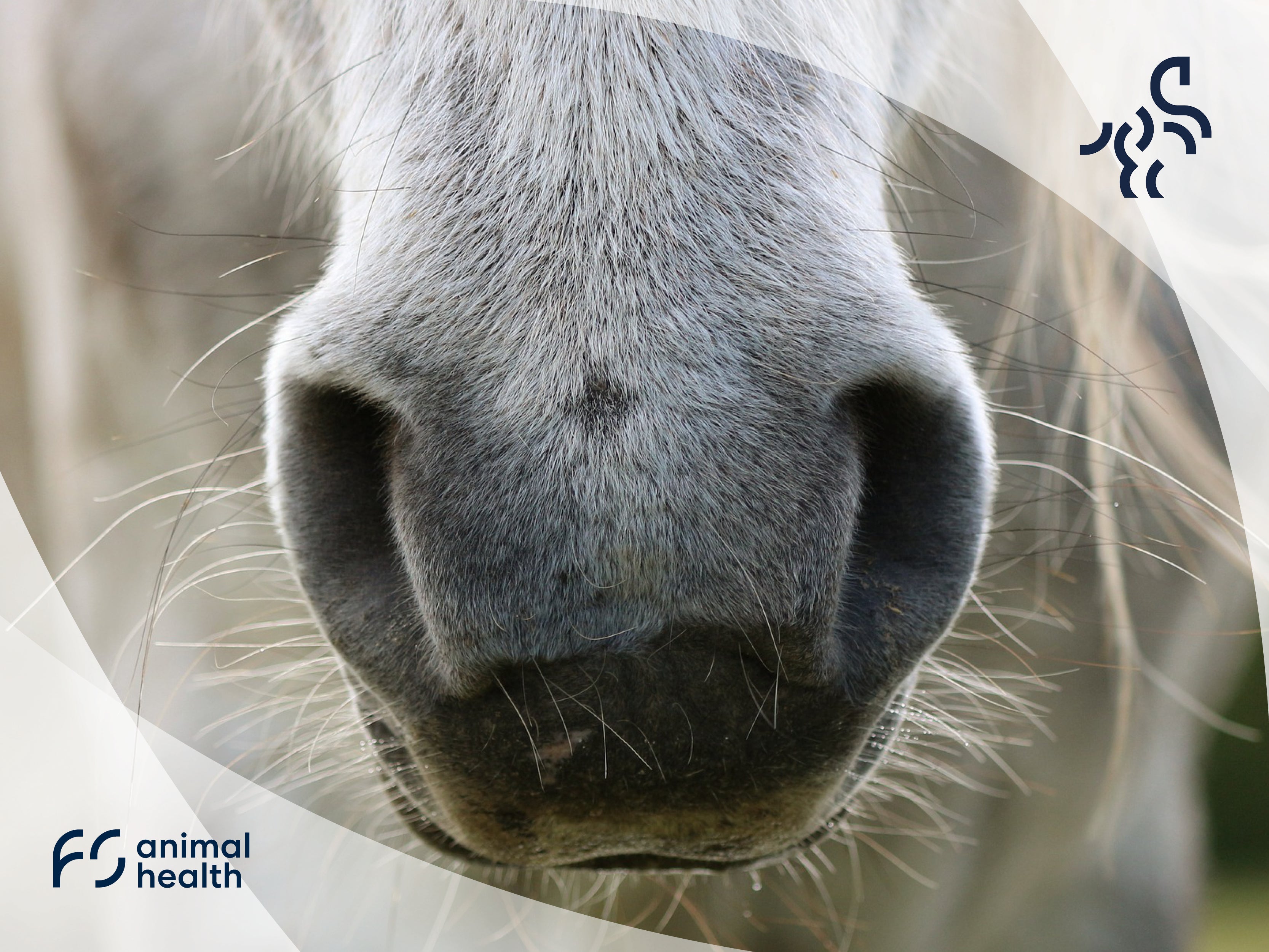
The Best Treatment for Respiratory Diseases in Horses
Hier ist die Übersetzung deines Textes: Reasons for Respiratory Diseases in Horses Is your horse suffering from coughing, nasal discharge, performance loss, or even having difficulty breathing?The...
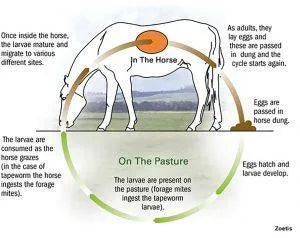
Winter Worming: Identifying & treating Encysted Redworm in horses
Small redworm Cyathostomin/Small Strongyles, are one of the most common endoparasites in equines, and during the winter, the larvae (larval Cyathostominosis) hibernate in the gut wall (hypobiotic l...
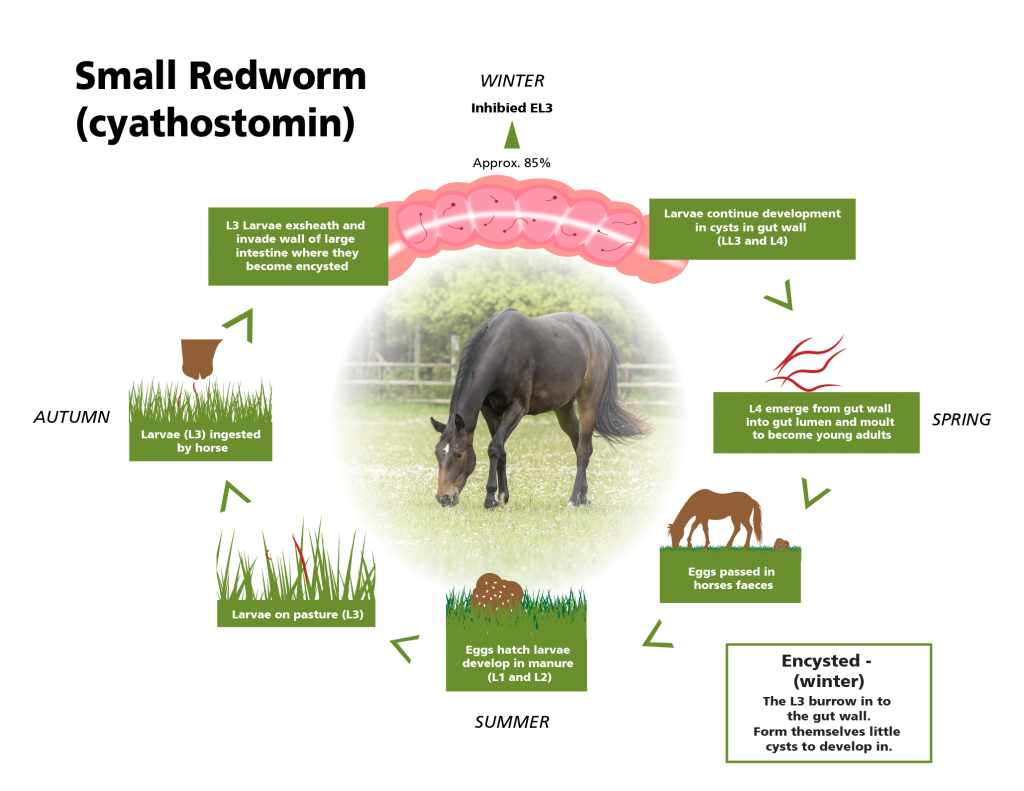
Everything you need to know about winter worming
Small redworm Cyathostomin/Small Strongyles, are one of the most common endoparasites in equines, and during the winter, the larvae (larval Cyathostominosis) hibernate in the gut wall (hypobiotic l...
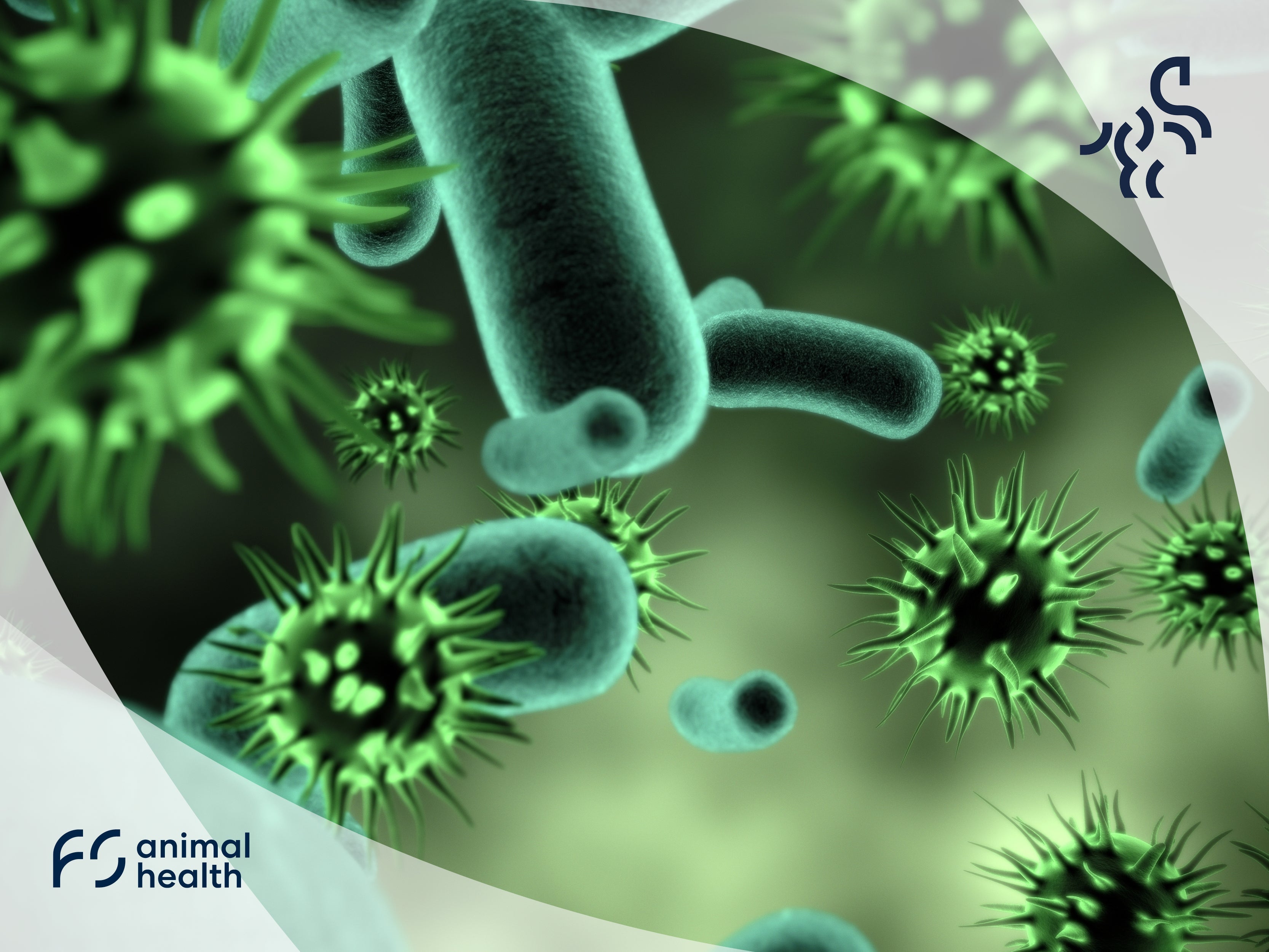
The significance of respiratory diseases in horses
Respiratory diseases in horses are very common and can be caused by various infections – both bacterial, viral or non-infectious elements such as environmental allergens in the environment. Infecti...
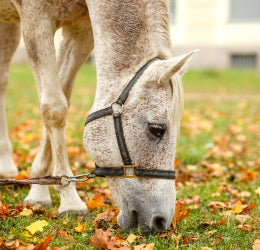
All You Need to Know About Autumn Worming
As autumn approaches, we need to be aware of horse hunting worms that will be emerging from the summer grasses. Months of warm and wet weather provide ideal conditions for seasonal parasites, so un...
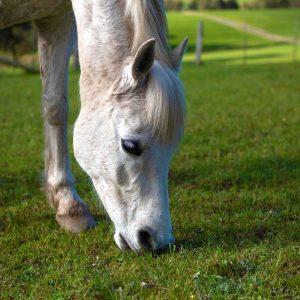
The tapeworm is a danger to horses and, of the 3 tapeworm species affecting horses in the UK, the most common is Anoplocephala perfoliata. This pale-coloured parasite has a flat, segmented body and...

Spring is an important time for horse worm control, as the breeding cycle is dormant during the cold winter months. The increase in temperature in the spring leads to the recrudescence of larvae an...
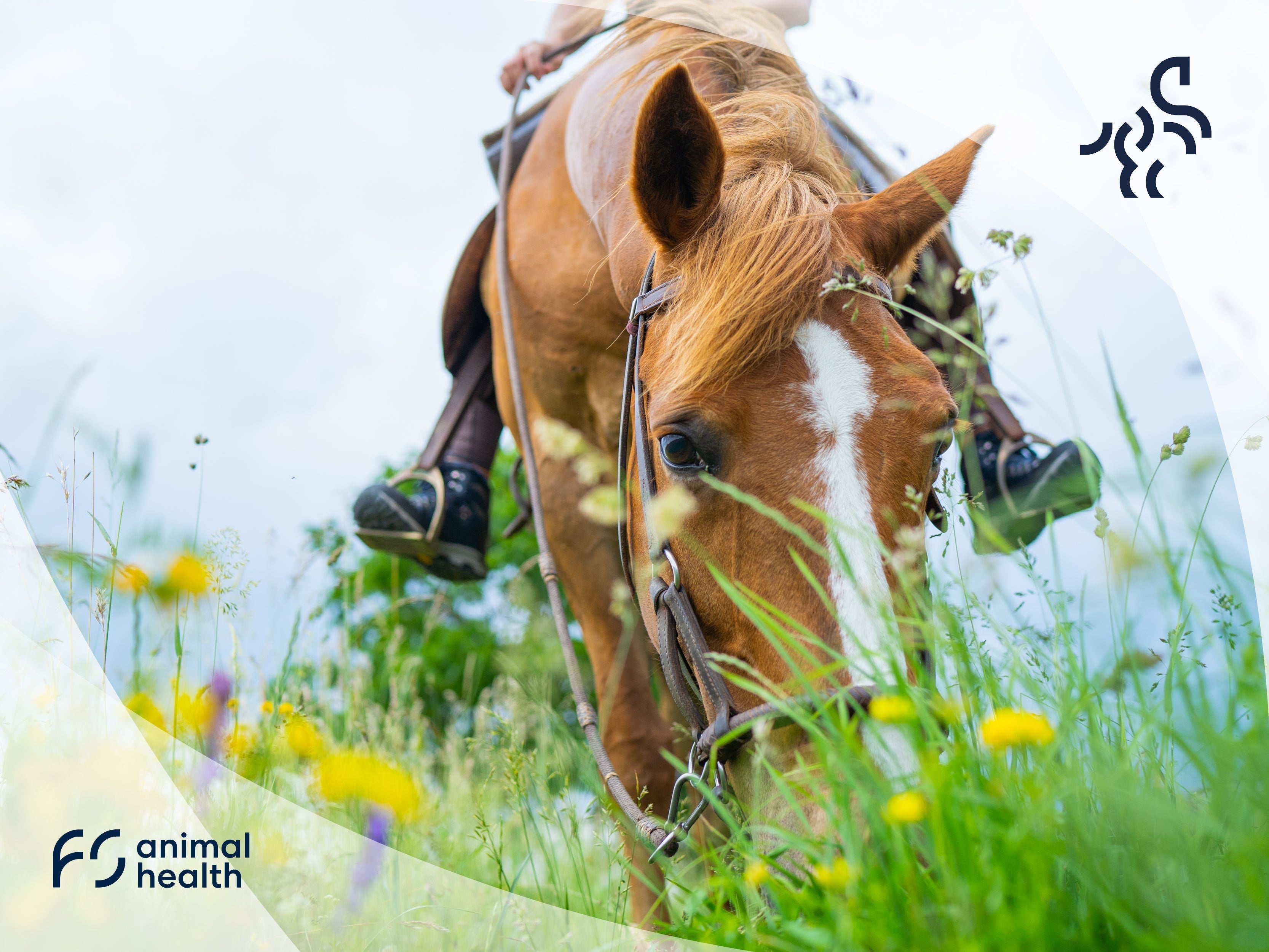
Spring & Summer Equine Worming
One of the many jobs of the horse owner is assessing your horses worming needs for the year ahead. Some things to bear in mind as you decide on your horses’ needs are: No one single treatment will...
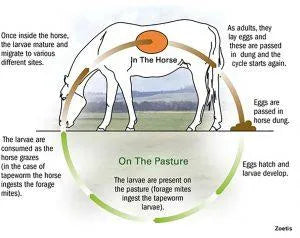
Identifying & treating Encysted Redworm in horses
Small redworm Cyathostomin/Small Strongyles, are one of the most common endoparasites in equines. According to studies, up to 30% of the horse population in the USA can’t naturally keep their intes...
